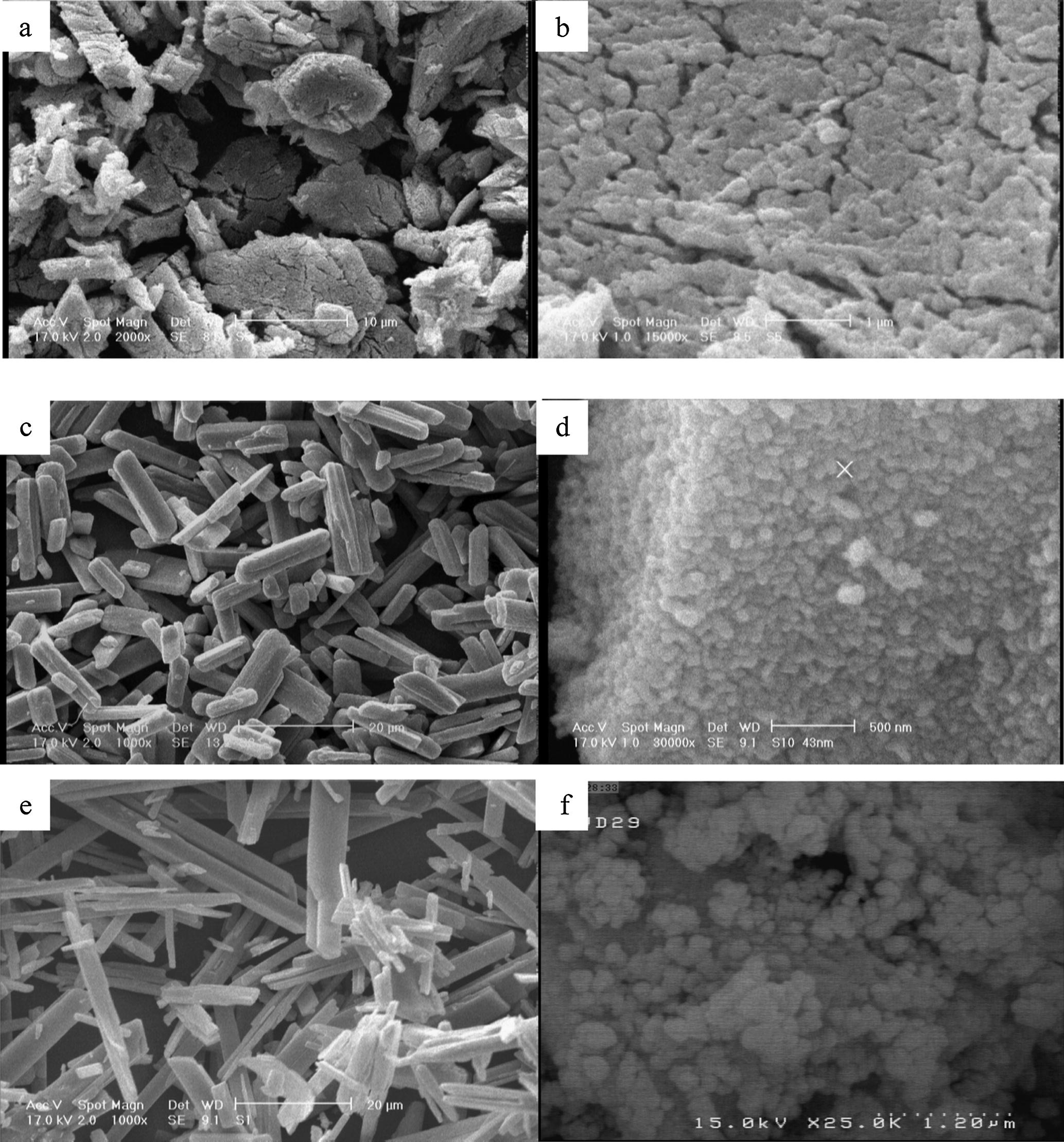Beyond the Eye
The Science, Benefits, and Risks of Nanoparticles
Imagine a world where tiny particles can do amazing things. They can deliver drugs to specific cells in your body, kill cancer cells with heat, detect diseases with light, speed up chemical reactions, clean polluted water and make solar energy more efficient. Sounds like science fiction, right?
But this is not fiction. This is the world of nanoparticles. Nanoparticles are very small particles that have dimensions between 1 and 100 nanometers. To put that in perspective, a human hair is about 80,000 nanometers thick. So nanoparticles are invisible to the naked eye.
But what makes nanoparticles so special? It’s their size. Because they are so small, they have different properties than larger particles of the same material. For example, gold nanoparticles can appear red, blue or purple depending on their size and shape. They can also interact with light, heat and electricity in different ways.
How are nanoparticles created?
Nanoparticles can be made of different materials, such as metals, metal oxides, carbon or polymers. They can also have different shapes, such as spheres, rods, tubes or stars. And they can be modified with other molecules to change their behavior or function.
Scientists have developed various methods to create nanoparticles. Some of them use physical processes, such as heating, cooling or smashing larger particles. Some of them use chemical reactions, such as mixing different substances or changing the pH or temperature. And some of them use biological agents, such as bacteria, fungi or plants.
Applications of Nanoparticles
Nanoparticles have many applications in various fields. In medicine, they can be used to deliver drugs to specific cells in the body, avoiding side effects and increasing effectiveness. They can also be used to kill cancer cells with heat by absorbing infrared light and generating heat. Or they can be used to detect diseases with light by emitting fluorescence or changing color when they bind to biomarkers.
In engineering, they can be used to improve the performance of materials and devices. For example, they can make plastics stronger and lighter, or they can make batteries last longer and charge faster. They can also be used to create new sensors and catalysts that can detect and transform molecules.
In agriculture, they can be used to enhance crop growth and protection. For example, they can deliver nutrients or pesticides to plants in a controlled way, reducing waste and environmental impact. They can also help plants resist drought or disease by modifying their genes or physiology.
In energy and environment, they can be used to generate and store renewable energy sources. For example, they can make solar cells more efficient by absorbing more sunlight and converting it into electricity. Or they can store hydrogen gas for fuel cells by forming metal hydrides.
The Dark Side of Nanoparticles
But nanoparticles are not all good. They can also cause harm to our health and the environment if we are not careful. Because they are so small, they can enter our bodies through inhalation, ingestion or skin contact. And because they have different properties than larger particles, they can interact with our cells and organs in unpredictable ways.
Some of the harmful effects of nanoparticles include oxidative stress, inflammation, genotoxicity and cytotoxicity. Oxidative stress is when nanoparticles produce reactive oxygen species that damage our DNA and proteins. Inflammation is when nanoparticles trigger our immune system to produce inflammation mediators that cause swelling and pain. Genotoxicity is when nanoparticles cause mutations or changes in our genes that can lead to cancer or other diseases. Cytotoxicity is when nanoparticles kill our cells by disrupting their membranes or functions.
Nanoparticles can also affect the environment by accumulating in soil, water or air. They can alter the physical and chemical properties of these media, affecting their quality and availability. They can also affect the biological communities that live in these media, such as bacteria, algae or animals. They can interfere with their growth, reproduction or metabolism.
Addressing the Risks of Nanoparticles
So how can we minimize the risks and maximize the benefits of nanoparticles? We need to do more research and testing on their properties, effects and interactions with different systems. We need to develop biocompatible nanoparticles that are safe for humans and the environment. We need to dispose of them properly and prevent their release into the environment. And we need to regulate their production and use according to ethical and legal standards.
Nanoparticles are tiny particles that have amazing properties and applications. But they also have potential dangers that we need to be aware of and address. By doing so, we can harness the power of nanotechnology for a better future.



